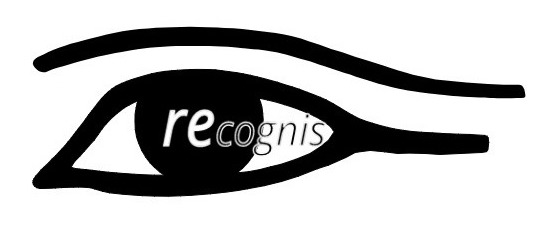The Third Industrial Revolution is here
One of the absolute highlights of the WindEurope 2016 Summit, held in Hamburg 27th – 29th September, was the keynote speech of Jeremy Rifkin, a popular social thinker and bestselling author who is an advisor to European Union and to heads of state around the world.
Mr. Rifkin first presented the audience the definition of “industrial revolution” in a nutshell: an industrial revolution is characterized by basic innovations in three important sectors; communication, energy and transportation.
The first industrial revolution was based on the printed newspaper, coal and steam engines, and steam ships and railways. The second one started with the breakthrough of telegram and telephone, oil and internal combustion engines, and cars. Now we are in the middle of the third industrial revolution – and perhaps looking at it too close for most of us to recognise this: The drivers of the third industrial revolution are digital communication, renewable energies, and electric vehicles.
All these are tied together: The digital information technology is a crucial factor for the success of wind and solar energy technologies, smart grids, and flexible electricity markets. It is equally important for the technology development of electric vehicles and their recharging infrastructure. And the entire rationale behind the transition to electrified transportation is the need to rid ourselves of fossil fuels – which will be enabled by renewable energies.
A common nominator for all three ingredients of the third industrial revolution is that they provide us the desired outcome at a very low marginal cost. This will have a huge impact on global economy in the coming decades: Consumers will become “prosumers”, producing and directly sharing services at low or zero marginal cost. It started with eBay, Airbnb, mobile apps etc. And the opportunities for replication will have no limits once the Internet of Things and 3D printing are in everyday use.
The old businesses, built on the paradigms of the second industrial revolution, need to find ways to cope with the transition – they need to become part of the global service-and-sharing economy in order to survive. The dinosaurs fighting against the change can only delay their own extinction.
We are already witnessing the transition in the energy sector: Wind and photovoltaics are becoming mainstream sources of electricity in a number of markets. Due to their low marginal costs, the electricity markets have lately witnessed a steady drop in average spot market prices, making it increasingly difficult to invest in new conventional power plants and to keep the existing capacity running at sufficient capacity factors to make their operation profitable.
The developing economies will probably experience the full force of the Third Industrial Revolution: Many of the poor rural communities now lacking a proper energy and communications infrastructure may turn into hotspots of the Brand New World Economy with the aid of the internet and second-hand smartphones, low marginal cost stand-alone renewable energy systems to electrify them, and the clever young people finding creative ways to utilize the new opportunities. Some of the most severe global social and economic challenges may be solvable with a negative addition to global greenhouse gas emissions. Win-win-win!
Humankind has seen industrial revolutions before – and they always seem to come as a surprise to people and businesses living amidst them. Luckily we have visionaries like Mr. Rifkin to make us recognise the things that are too close to our eyes for us to see.

Recent Comments